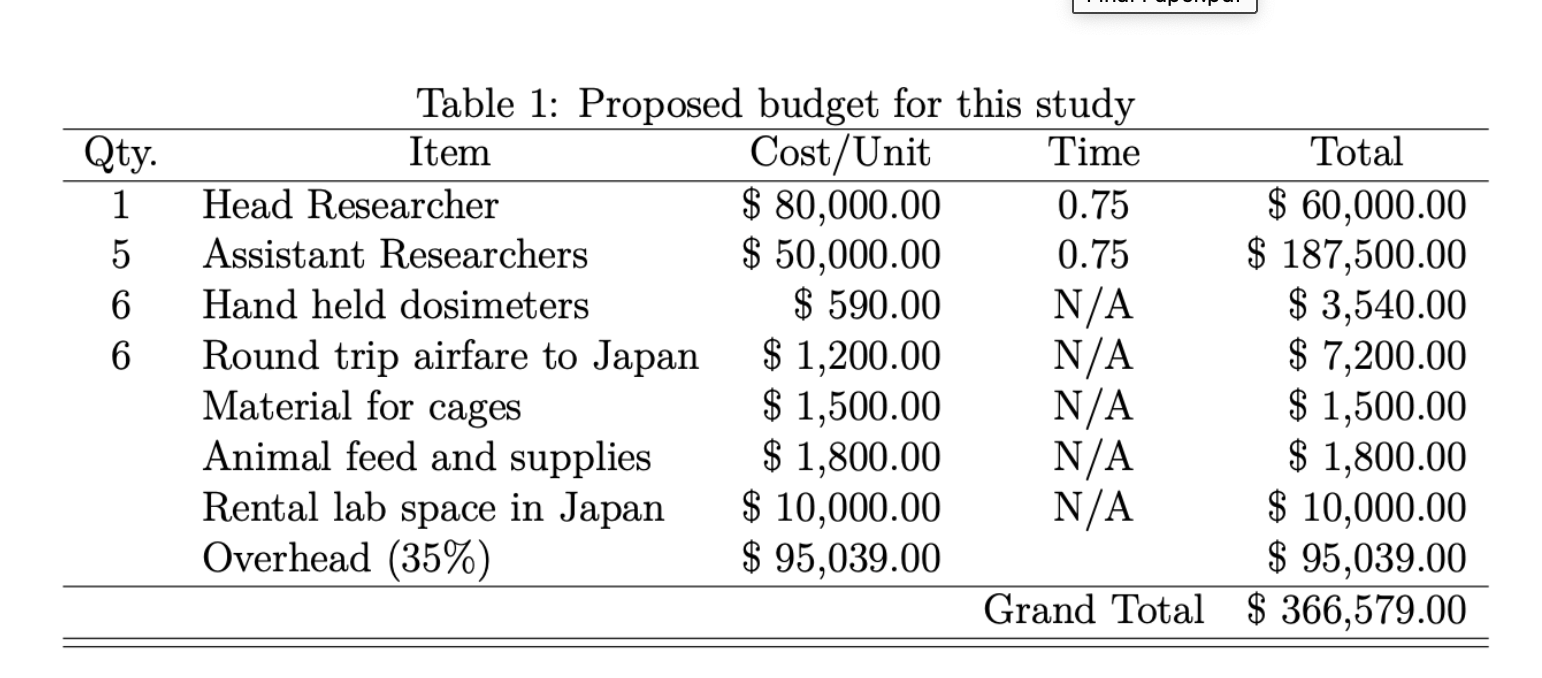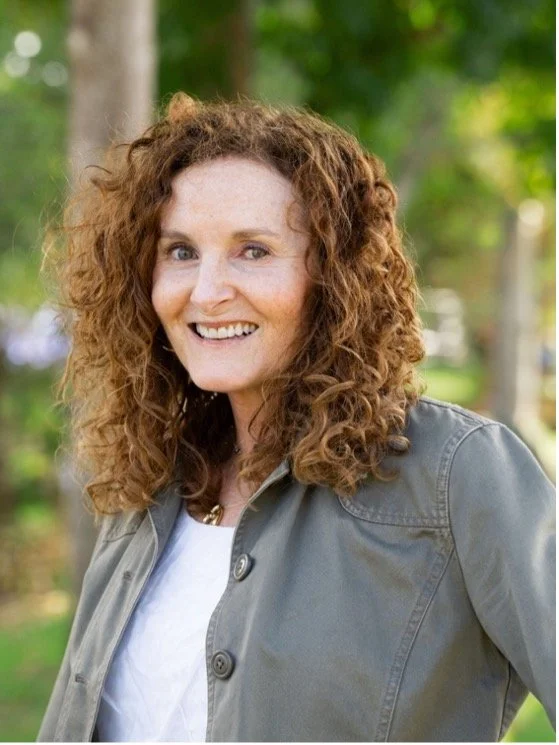This would have been our daughter Katherine's twentieth birthday if she had not died of leukemia caused by pesticide exposure at age eight. There is nothing left to us but to share her story and hope that fewer people will suffer as we have done.

I flash back not to her birthday but her brother's, the day he was born. She held him that morning with such a solemn delight, never smiling, but her wondering brown eyes full of meaning and portent. Ever after, she would say that her happiest moment was when David was born because he brought joy into her life. Not many three year olds are so loving. She had always been wiser than us. We were for a moment, and should have been for longer, so happy.
But it all came down to this one trivial contingency: our city sprayed chlorpyrifos for mosquitoes. Thus, our fate was cast. Let it not be so cast this moment for all young families, for all young women of childbearing age. Woe to those who are with child and to them that give suck in these days.... And indeed, woe is to them, as woe is to us. Because not one woman now alive can protect her child from the toxins that haunt her tissues. That is something that can only be done on a societal level, and only with radical change to business as usual, to the way of this world. Now, the sins of the father or mother truly are visited upon the children, unto the third and fourth generation. In biology, we call this bioaccumulation. The worst of it is that these sins are not actual sins, but the trespasses that of necessity must occur to sustain life...eating food, drinking water, breathing air. We cannot help but have congress with the world, tainted as it is. What did any of us ever do to deserve this?
Recent studies confirm the findings that children are routinely exposed to hundreds of toxins, that their bodies are consistently exposed to these chemicals and that we could choose to protect them (Whyatt et al. 2003; Perera et al. 2003; Eskenazi et al. 2004. Whyatt et al. 2004a; Whyatt et al. 2004b; Whyatt et al. 2007; Rudant et al. 2007; Reynolds 2009; Vogt et al. 2012). The warnings at the ends of these articles have become increasingly urgent: “The consistency of the findings with those of previous studies on AL in different populations, at different time periods, and using different designs, raises the question of the advisability of preventing pesticide use by pregnant women” (Rudant 2007). “Regulatory actions such as requiring pre-market testing of new chemical compounds used in agriculture for potential adverse health effects and minimizing exposure opportunities for children and women of childbearing age to agents with known toxic properties would be a prudent course of action. We owe it to our children and our future to seriously address these issues” (Reynolds 2009). “The unequivocal relationship between brain tumours, infant leukemia and pesticides are well recognized” (Amaroli et al. 2013). This is strong stuff in the usually bloodless language of science.
Studies document how every child becomes exposed in one way or another to these toxic chemicals, how the chemicals find their way into our homes and our bodies, whether we are conscious of it or not. In a study measuring connections between leukemia diagnoses in children and levels of PCBs and pesticides in homes, the multiple routes by which children are exposed are revealed (Ward et al. 2009). Even though the substances measured – PCBs, DDT, and chlordane – were all banned in the 70s and 80s in the U.S., they were all found in carpet dust, and levels of PCBs were indeed correlated to higher rates of leukemia in the children. Older houses had higher levels of the toxics. After the chemicals were banned, levels have declined in breast milk and dietary sources have declined, but they have persisted in carpets, where they are protected from degradation by sunlight or microbes. The carpets are not the source of PCB residues, but they harbor residues exuded by old paints, sealants, floor finishes, and light fixtures. Consumer products were also sources before the ban. PCB levels vary, not only according to primary sources, like construction materials, but also according to secondary sources, like soil, water, and air that have become contaminated by other means (Whitehead et al. 2013). Parents in higher income levels, for which authors tried to adjust, might be able to purchase better environments for their children, but that is certainly not always the case, and even if it were, that would mean inequalities by income have produced an intolerable environmental injustice in this country. The data to date seem to suggest that the risks of having sick children because of environmental contamination are widespread, if not entirely equal. No one should feel that lifestyle choices can exempt them from risk, as we once did.
What studies like this make clear is the Russian roulette nature of chemical exposures for children. Because toxic chemicals are wide-spread but highly variable, parents are not always able to control children’s exposures by making good decisions, like buying organic food or avoiding using toxics themselves. Instead, PCB levels varied by age of house, location near an old contaminated site or leaky transformer, parental occupation, recent carpet replacement, or even by pet ownership or the habit of taking shoes off at the door (Whitehead et al. 2013). In cases where houses have been contaminated with toxins like pesticides, every surface in the house, including curtains and painted walls, has had to be replaced to lower levels of contamination. A house, once contaminated, tends to harbor toxic residues elsewhere, for decades. And unfortunately, if families try to refinish those surfaces, they may end up exposing their children even more than if they had let them be. Once pesticides like chlorpyrifos are inside, they volatilize and deposit out on toys, pillows, and carpet, where children absorb them through their skin and by mouthing the objects at home (Gurunathan et al. 1998) or in daycare centers (Hubal et al. 2006). This is what happened to us. In one case detailed by the CDC, a pesticide applicator used an unnamed outdoor pesticide to treat bedbugs in a family’s home. “These illegal applications were made five times over 72 hours and included spraying of ceilings, floors, and even beds and a crib mattress. The occupants included a family with small children, who displayed health symptoms typical of pesticide poisoning, including headache, nausea, vomiting, diarrhea, dizziness, and muscle tremors. The families were evaluated and treated at a local hospital. The homes were evacuated and families relocated. The families lost furniture, electronics, clothing, linens, toys, and other personal items that were grossly contaminated” (CDC 2012). There are multiple stories like this, including one in Israel where two of four children died (Eisenbud 2014). Because pesticides break down much more slowly inside than outside, where the sun photodegrades them, contamination can linger for years (Beyond Pesticides 2000; CDC 2012). Chlordane can persist for 20 years, by binding to soil or silt particles, and air concentrations in homes treated for termites are 10-1000 times higher than outside, even years afterwards (USEPA PBT Pesticides Work Group 2000). Pesticide applicators transport the pesticides to their children via shoes, clothing, or even breath (WHO 2008). Both mothers and fathers exposed to environmental chemicals at work have children who are more likely to be sick (Keegan et al. 2012). Homeowners who spray lawns import the toxins by tracking them in, or via pets who track them in, resulting in their much higher risk for canine lymphoma. Pets often have dangerous pesticides directly applied for ticks and fleas, which transfer to humans. Young children, like pets, also have higher contact with floors and dust (Whitehead et al 2013), chemicals in which have been shown to be bioaccessible, or able to be absorbed through the skin, by inhalation, or by ingestion; children were exposed at 300% acceptable daily intake for PCBs and DDT, with a maximum of 5000% for PCBs (Ertl and Butte 2012). “Living indoors, people always have skin contact to house dust. The skin forms the biggest organ of our body, covering a surface area of approximately two square meters and receiving about one-third of the blood circulating throughout the body,” and if this dust contains pesticides or PCBs, so do the people (Ertl and Butte 2012). Ashes to ashes, dust to dust. This information gives the sight of children crawling across carpet a whole new import, particularly since pesticides and PCBs are correlated not only to higher levels of childhood leukemia, but also to lower IQs and impaired immune systems. Children should be able to lounge on their own floors, hug their pets, or embrace their parents without raising the specter of childhood cancer.
We are made like the grass of the field, soon to wither. Yet many of the toxins we put upon the grass are not made that way. Dioxins, PCBs, and pesticides persist through generations; plastics contaminate the Pacific for a thousand years; plutonium waste will bear witness to the apocalypse. We should have the humility to acknowledge the mistakes we have made for ourselves and to stop making mistakes on behalf of future generations, who will continue to suffer for our hubris. Now, that is the only present we could give her.
References
Amaroli A, Aluigi MG, Falugi C, Chessa MG. 2013. Effects of the neurotoxic thionophosphate pesticide chlorpyrifos on differentiating alternative models. Chemosphere 90:2115-2122.
Beyond Pesticides. 2000. Chlorpyrifos. Available at http://www.beyondpesticides.org/infoservices/pesticidefactsheets/toxic/chlorpyrifos.php
Centers for Disease Control and Prevention (CDC). 2012. Health concerns about misuse of pesticides for bed bug control. Available at http://content.govdelivery.com/accounts/USCDC/bulletins/5f0a1c
Eisenbud DK. 2014. Two sisters dead after Jerusalem family of 6 poisoned by pesticides. The Jerusalem Post. Available at http://www.jpost.com/National-News/Family-of-6-believed-poisoned-by-pesticides-in-Jerusalem-home-toddler-dies-338999
Ertl H, Butte W. 2012. Bioaccessibility of pesticides and polychlorinated biphenyls from house dust: in-vitro methods and human exposure assessment. J Exposure Science Environ Epidemiology 22:574-583.
Eskenazi B, Harley K, Bardman A, et al. 2004. Association of in utero organophosphate pesticide exposure and fetal growth and length of gestation in an agricultural population. Environ Health Perspect 112: 1116-1124.
Gurunathan S, Robson M, Freeman N, Buckley B, Roy A, Meyer R, Burkowski J, Lioy PJ. 1998. Accumulation of chlorpyrifos on residential surfaces and toys accessible to children. Environ Health Perspect 106(1):9-16.
Hubal EAC, Egeghy PP, Leovic KW, Akland GG. 2006. Measuring potential dermal transfer of a pesticide to children in a child care center. Environ Health Perspect 114(2):264-269.
Keegan TJ, Bunch KJ, Vincent TJ, King JC, O’Neill KA, Kendall GM, MacCarthy A, Fear NT, Murphy MFG. 2012. Case-control study of paternal occupation and childhood leukaemia in Great Britain, 1962-2006. British J Cancer 107:1652-1659.
Perera FP, Rauh V, Whyatt RM, Tang D, Tsai WY, Bernert JT, Tu YH, Andrews H, Barr DB, Camann DE, Diaz D, Dietrich J, Reyes A, Kinney PL. 2005. A summary of recent findings on birth outcomes and developmental effects of prenatal ETS, PAH, and pesticide exposures. NeuroToxicology 26:573-587.
Reynolds P. 2009. Agricultural exposures and childhood cancers: President’s Cancer Panel – October 21, 2008. Reviews on Environmental Health. 24(4):339-344.
Rudant J, Menegaux F, Leverger G, Baruchel A, Nelken B, Bertrand Y, Patte C, Pacquement H, Vérité C, Robert A, Michel G, Margueritte G, Gandemer V, Hémon D, Clavel J. 2007. Household exposure to pesticides and risk of childhood hematopoietic malignancies: The ESCALE Study (SFCE). Environ Health Perspect 115(12): 1787-1793.
U.S. EPA Persistent, Bioaccumulative and Toxic Pollutants (PBT) Pesticides Work Group. 2000. Available at http://www.epa.gov/pbt/pubs/pestaction.pdf
Vogt R, Bennett D, Cassady D, Frost J, Ritz Beate, Hertz-Picciotto I. 2012. Cancer and non-cancer health effects from food contaminant exposures for children and adults in California: A risk assessment. Environmental Health 11:83-97.
Ward MH, Colt JS, Metayer C, Gunier RB, Lubin J, Crouse V, Nishioka MG, Reynolds P, Buffler PA. 2009. Environ Health Perspect 117(6):1007-1013.
Whitehead TP, Ward MH, Colt JS, Nishioka MG, Buffler PA, Rappaport SM, Metayer C. 2013. Determinants of polychlorinated biphenyls in dust from homes in California, USA. Environ Sci: Processes Impacts 15:339-346.
World Health Organization (WHO). 2008. Children’s health and the environment: WHO training package for the health sector. Available at http://www.who.int/ceh/capacity/Pesticides.pdf
Whyatt RM, Barr DB, Camann DE, et al. 2003. Contemporary-use pesticides in personal air samples during pregnancy and blood samples at delivery among urban minority mothers and newborns. Environ Health Perspect 111:749-756.
Whyatt RM, Barr DB, Camann DE, et al. 2004a. Contemporary-use pesticides in personal air samples during pregnancy and blood samples at delivery among urban minority mothers and newborns. Environ Health Perspect 111:749-756.
Whyatt RM, Rauh V, Barr DB, et al. 2004b. Prenatal insecticide exposures and birth weight and length among an urban minority cohort. Environ Health Perspect. 112:1125-1132.
Whyatt RM, Garfinkel R, Hoepner LA, Holmes D, Borjas M, Williams MK, Reyes A, Rauh V, Perera FP, Camann DE. 2007. Within- and between-home variability in indoor-air insecticide levels during pregnancy among an inner-city cohort from New York City. Environ Health Perspect 115(3):383-389.












